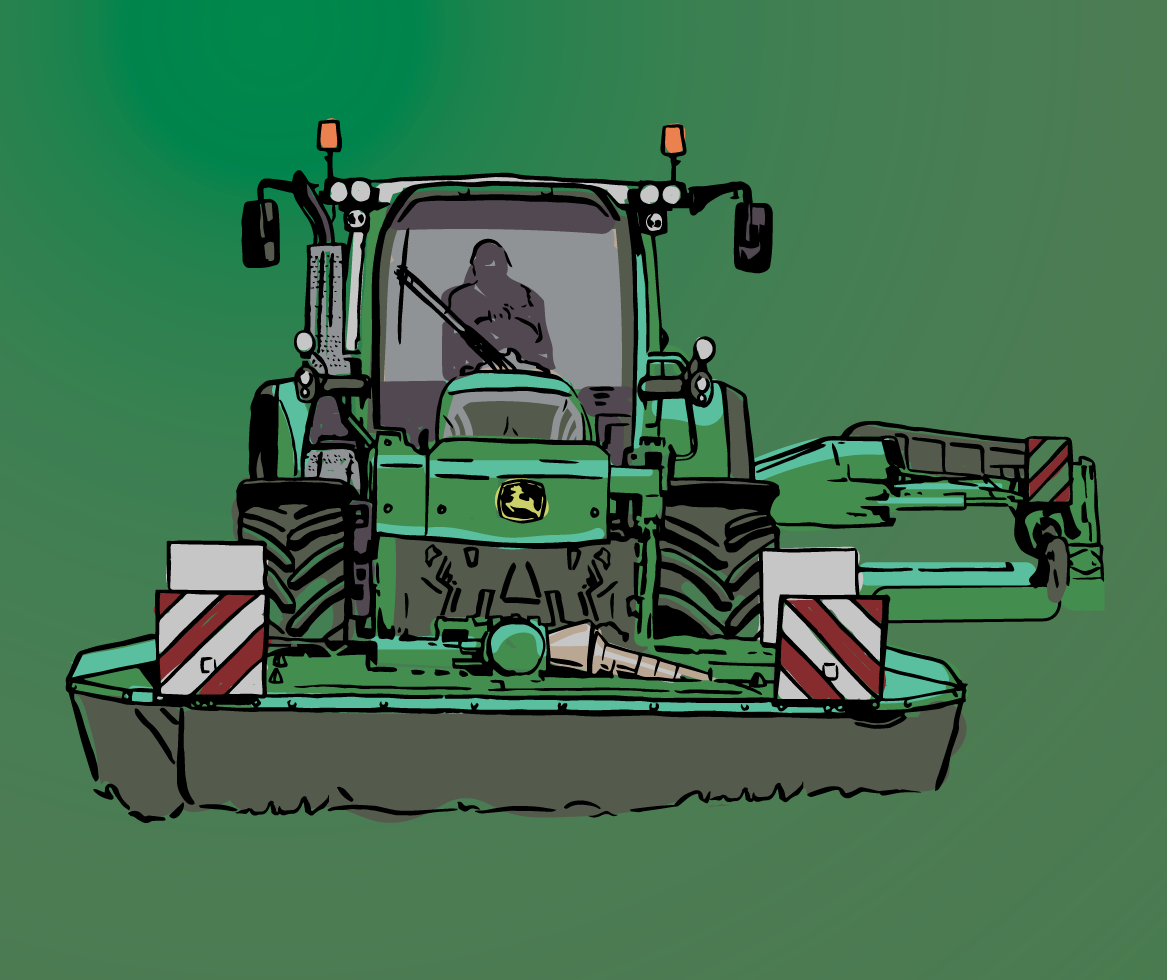

We are finding more and more interest in planting temporary grass leys for hay and haylage. Predominantly the forage produced is destined for the equine market, a growing sector, but there are subtle differences in what the end user is looking for, often depending on personal preference as well as the age and breed of the horse.
Some end users, for instance racing stables, may prefer a stemmy or coarse sample in the bale which can be reasonably high in energy because the horses have regular exercise. At the other end of the scale are horses and ponies that are not in regular work, so the end user is looking for a forage that is low in energy and sugar, but provides a higher fibre content, which does not encourage rapid weight gain.
What follows is an overview of suggested mixtures for a range of end users, which vary in how long the ley lasts and where it may fit into a rotation.
Hard Horse Hay - This is a short term option based on Italian Ryegrass and lasting for two years. It produces a consistent sample of high quality forage. An autumn sown mixture can provide 2 hay cuts the following spring and summer if conditions are right, or a haylage and hay cut. The hay sample is fairly coarse and stemmy, with good energy values, making it favoured by racehorse stables.
Four Year Hay & Graze - This mixture provides a longer term option than above, potentially lasting 4 years. It can be a useful way of producing high quality forage and resting tired arable land at the same time. If seed shed is a worry on arable soils, it could be cut several times for haylage rather than hay. The inclusion of timothy will give the mixture a good ’nose’ and improve fibre content. Diploid varieties have been included to encourage fast drying when haymaking, helping to get the hay undercover and in the barn as quickly as possible.
Traditional Haymaker - This mixture is very long lasting and should be considered if land is to be laid down to grass for 4-5 years or more. An early autumn sowing allows the ley to establish over winter and should provide a full cut the following year, followed by grazing if desired. The inclusion of the small seeded Timothy, means that this mix should be shallow sown or broadcast into a fine but firm seedbed and rolled twice after sowing. An additional pinch of Sweet Vernal Grass gives this mixture a sweet meadow hay smell.
Timothy (pure stand) - We have seen an increasing uptake in sowing pure stands of timothy grass. This species favours heavy soils and generally has very low disease levels. As an equine forage it is high in fibre, but low in sugar and slightly lower in protein, making it suitable for horses that suffer from laminitis or cushings, as well as native breeds.
Generally pure stands of timothy are sown at 8kgs per acre.
Westerwold Ryegass - This is an annual grass species, which can produce a similar consistent hay or haylage sample to the Hard Horse Hay.
While some customers have certainly got to grips with producing high quality Westerwold hay and haylage, it can be a challenge due to the fleshy nature of the plant. Seed heads should be fully emerged before cutting for hay to help the drying process.
The added bonus of Westerwold Ryegrass is that it can be planted in the spring and still produce a full crop in the year of sowing...moisture permitting!
Speak to us about growing specialist species like lucerne (alfalfa) and sainfoin.
If you want to find out more about how the different mixtures are used to produce hay and haylage there’s a selection of case studies on Cotswold Seeds TV on our website.
cotswoldseeds.com/cotswold-tv.
Date Posted: 20th August 2019



